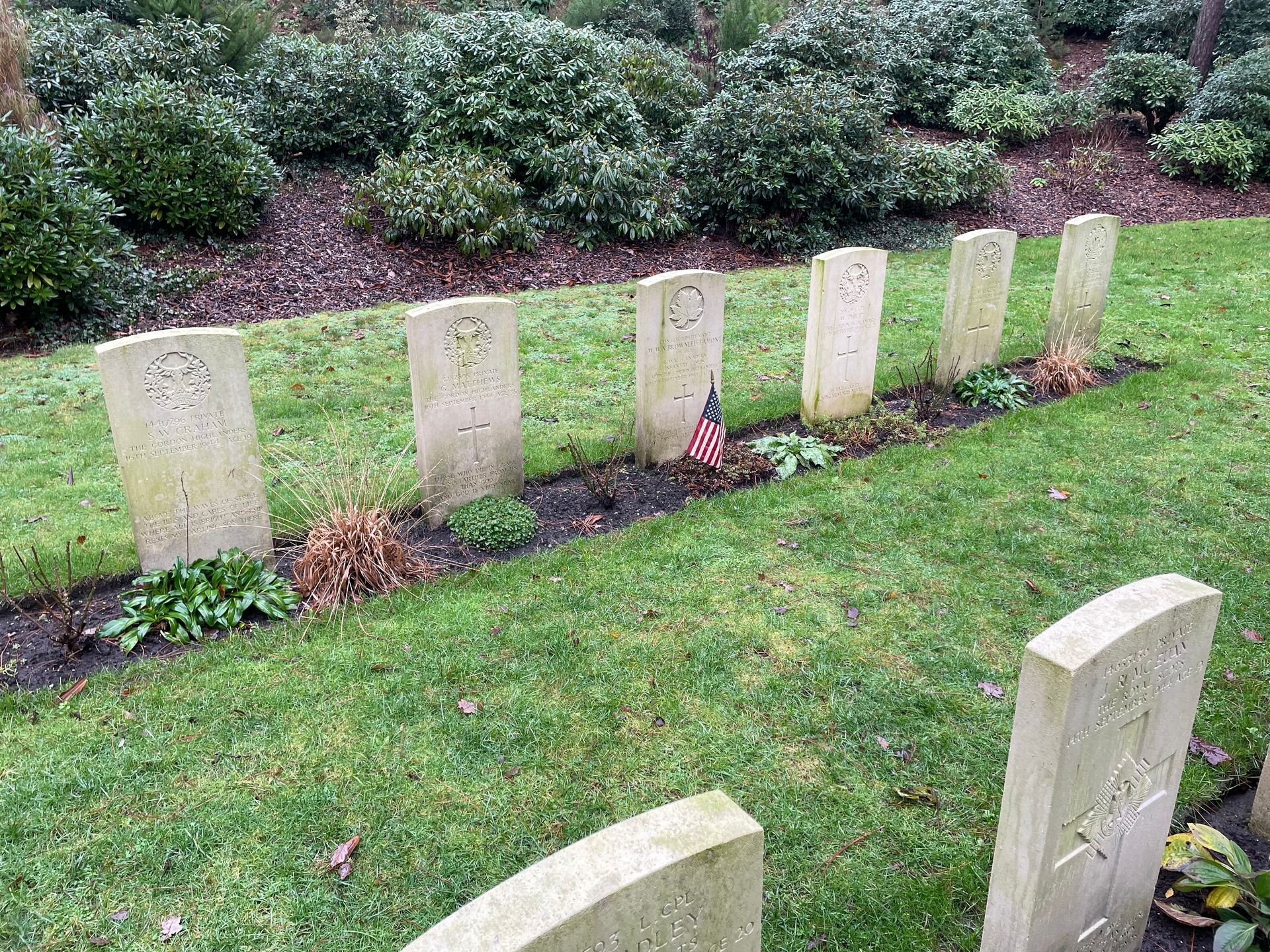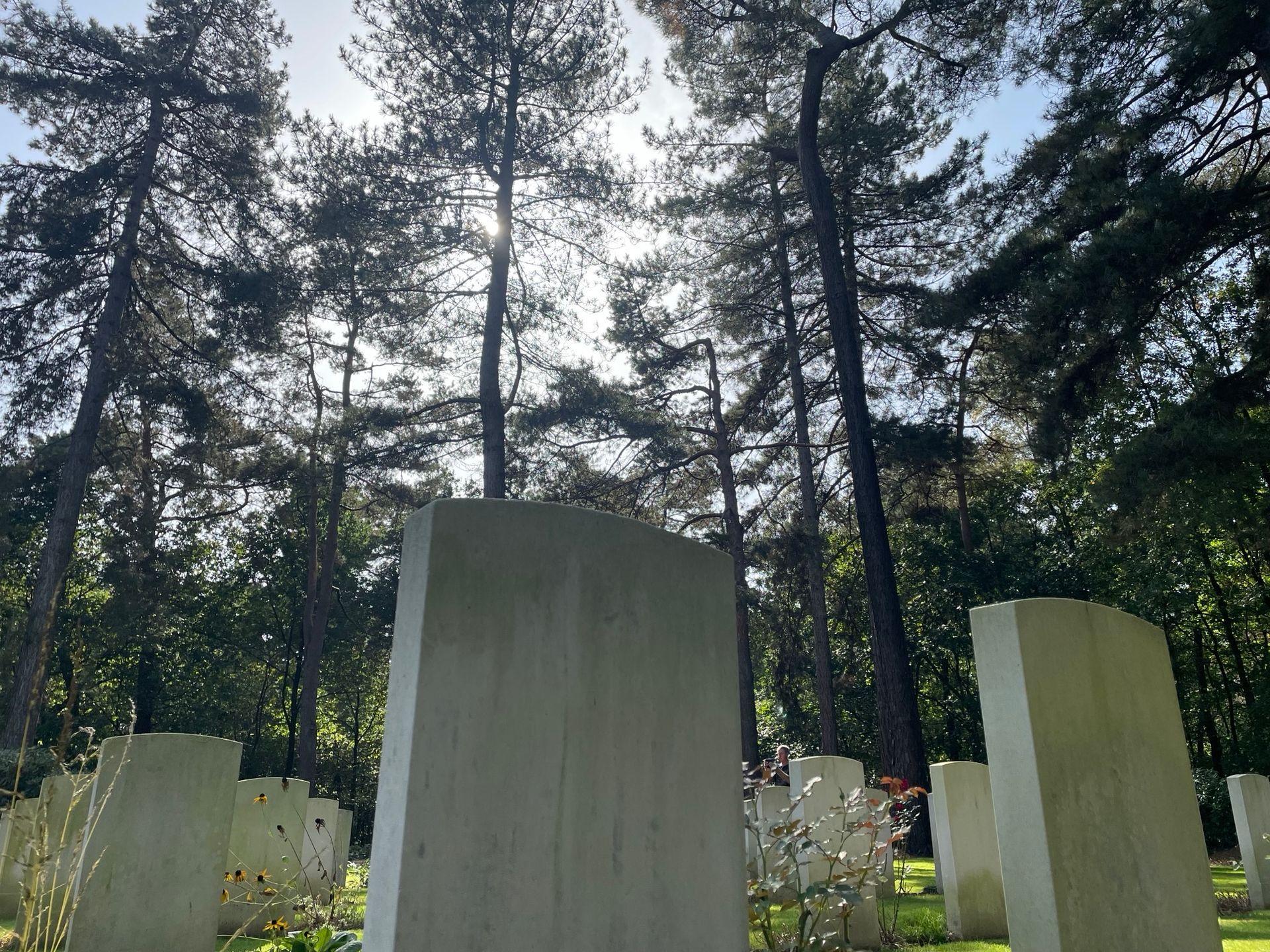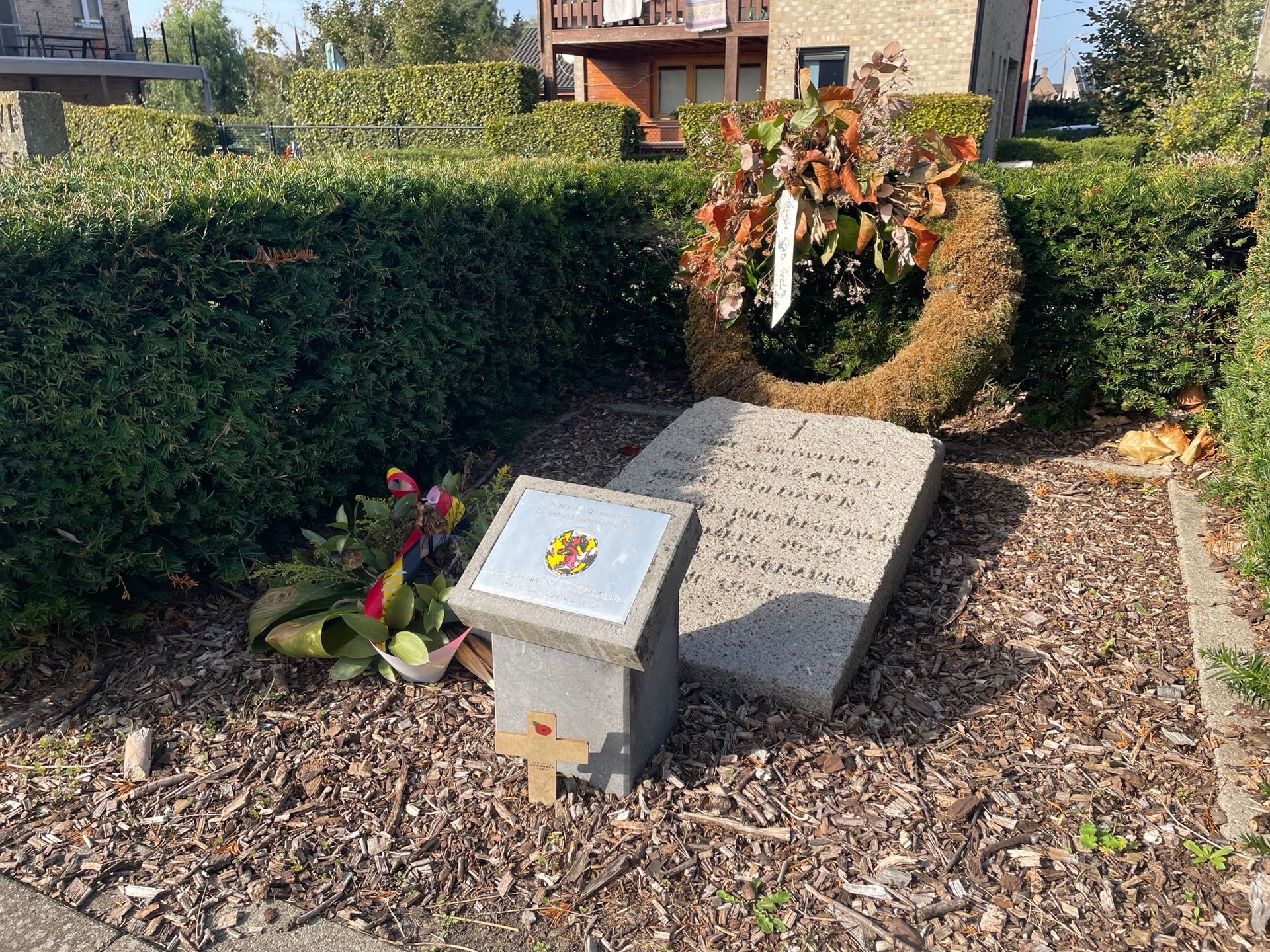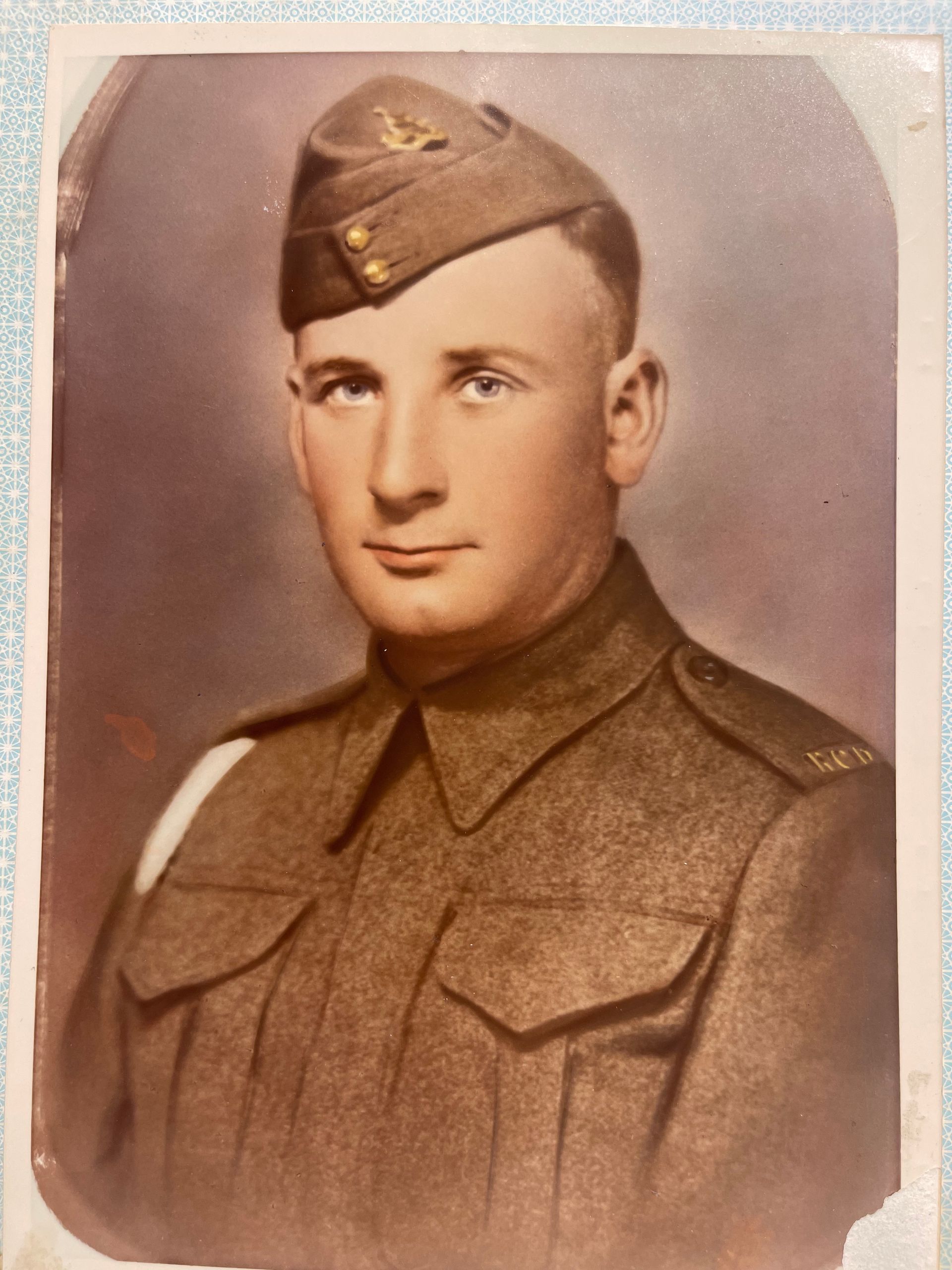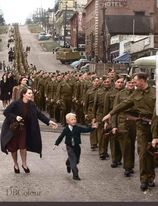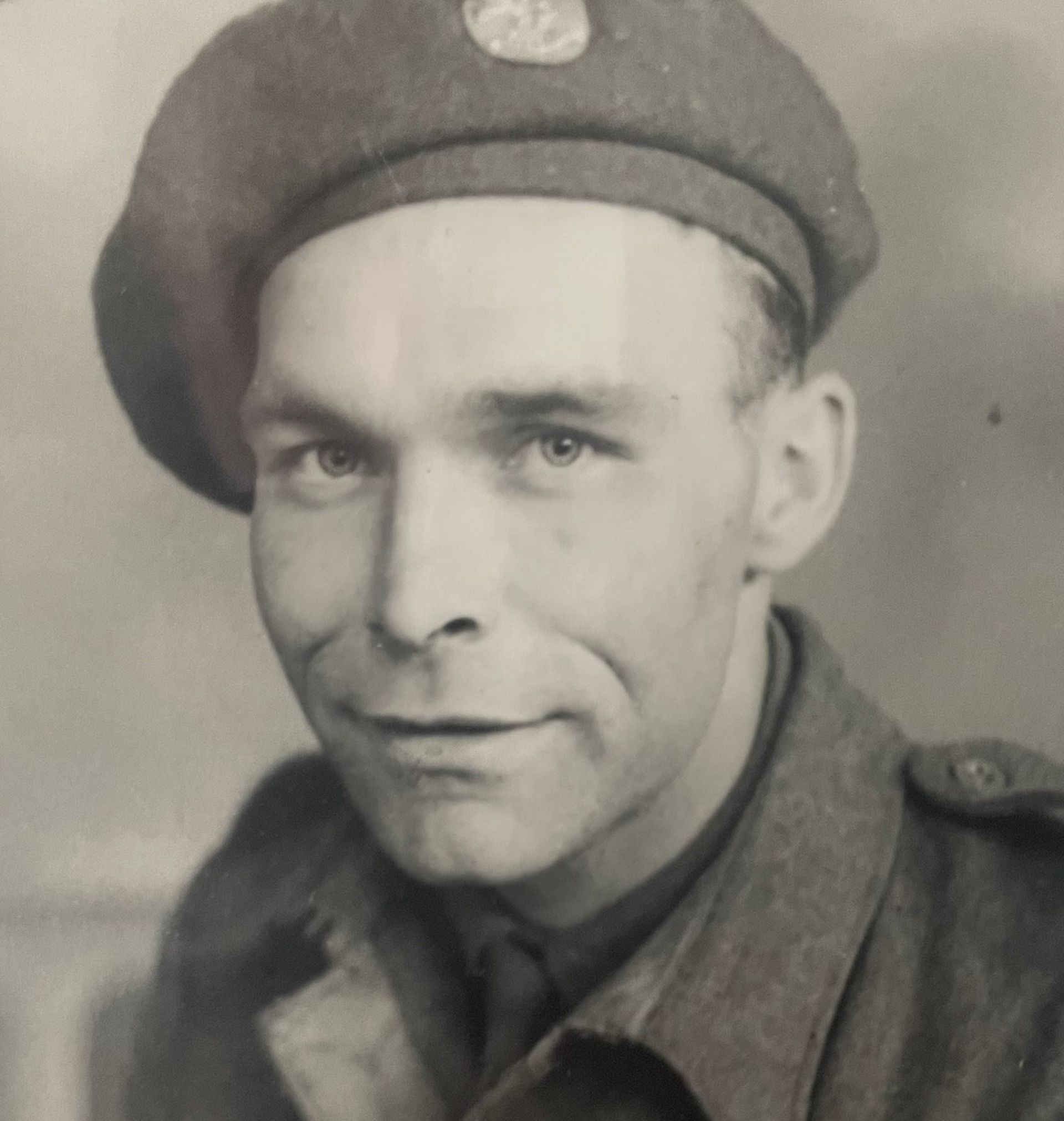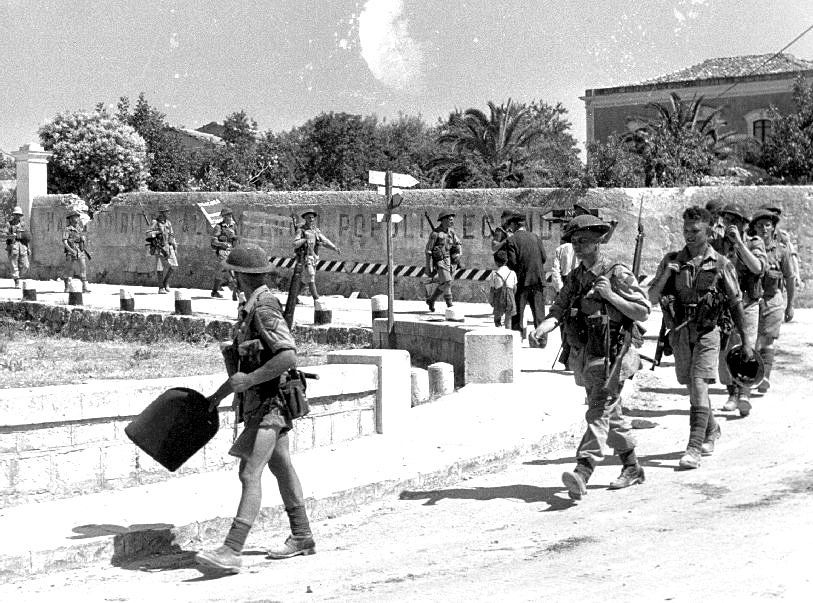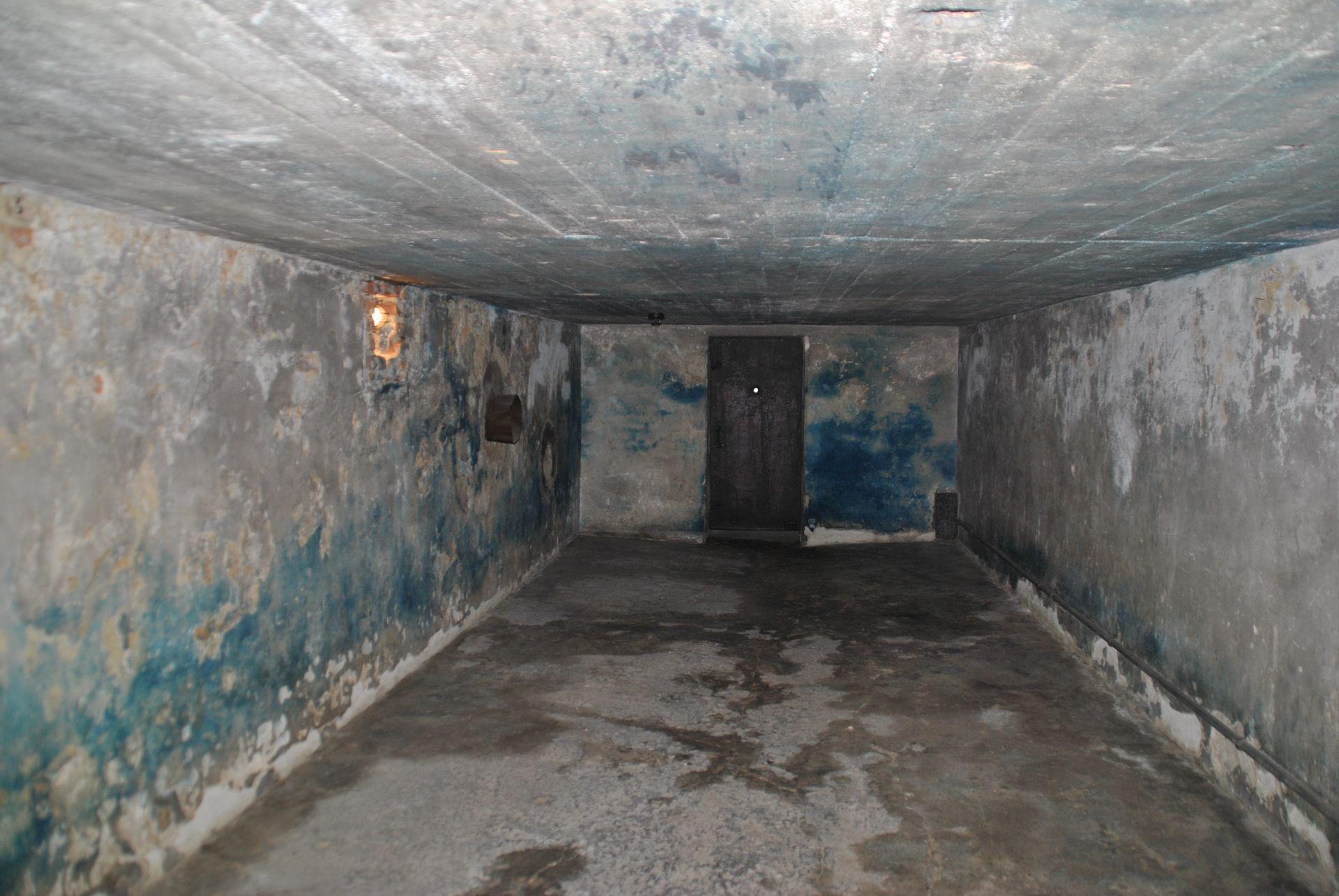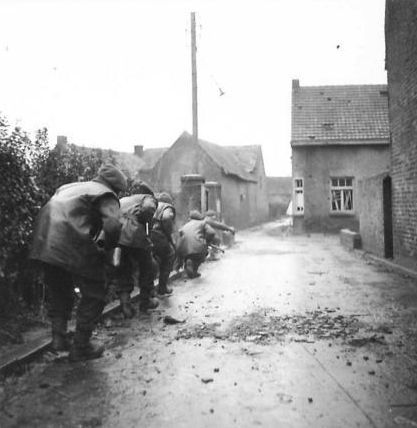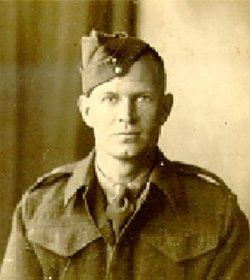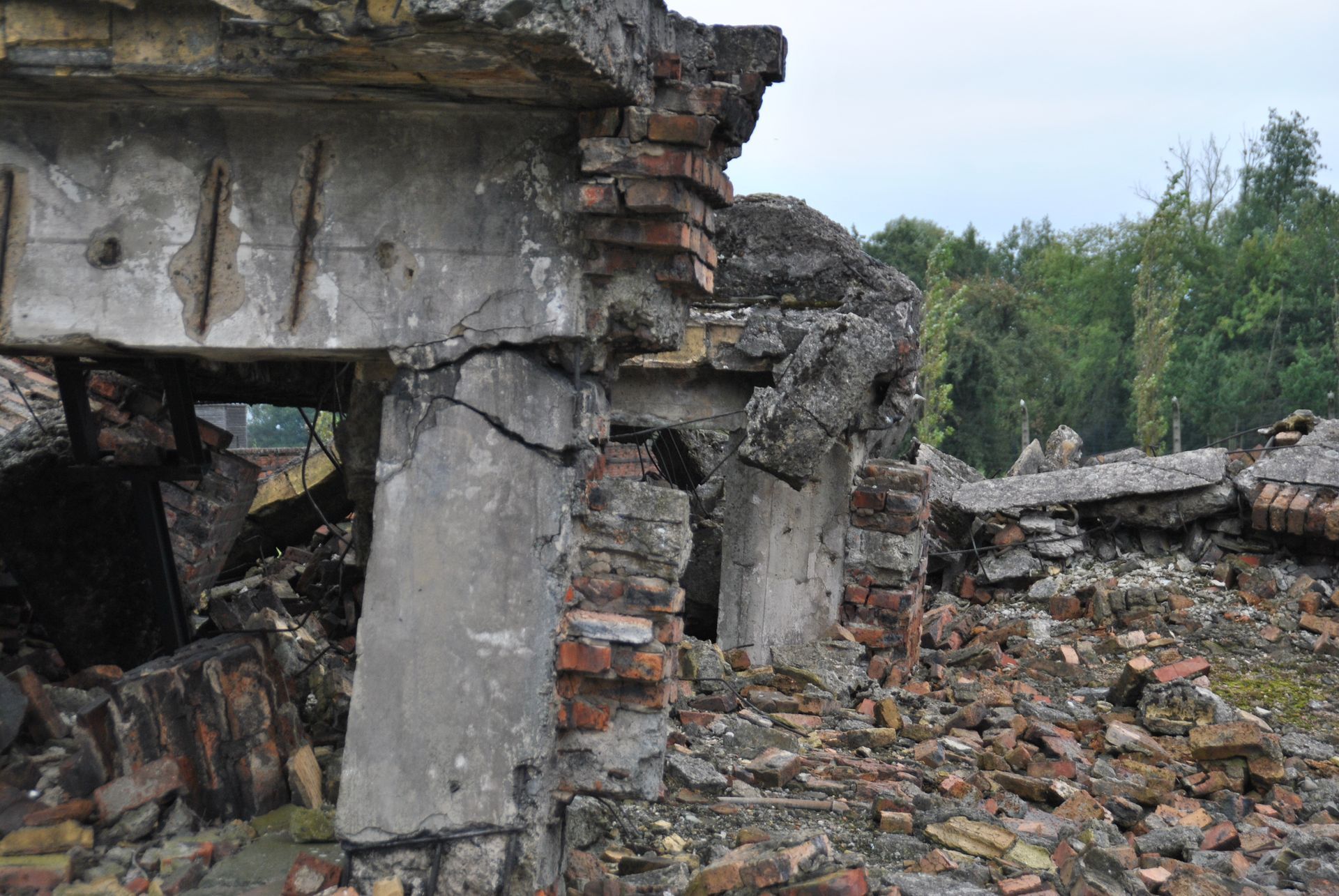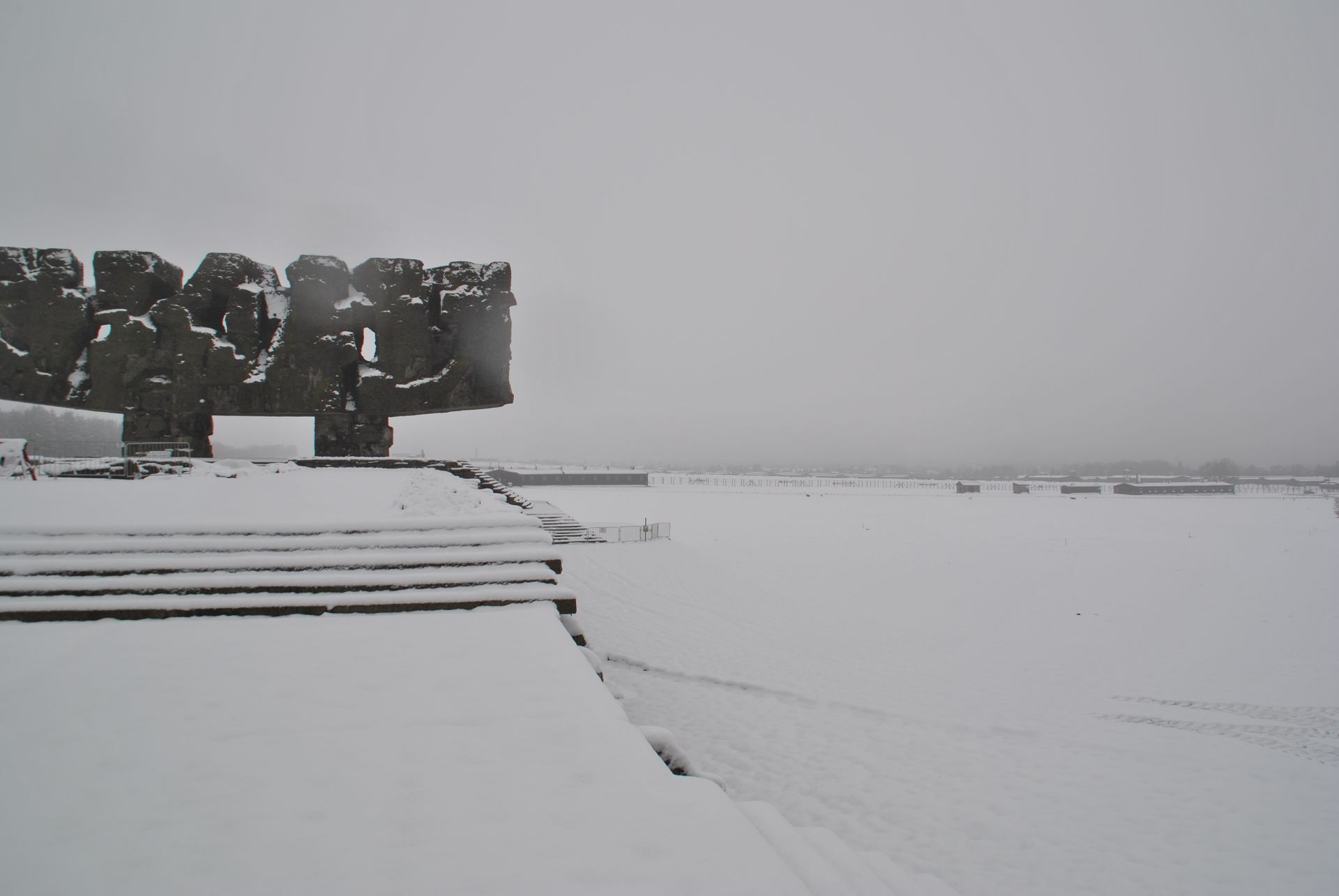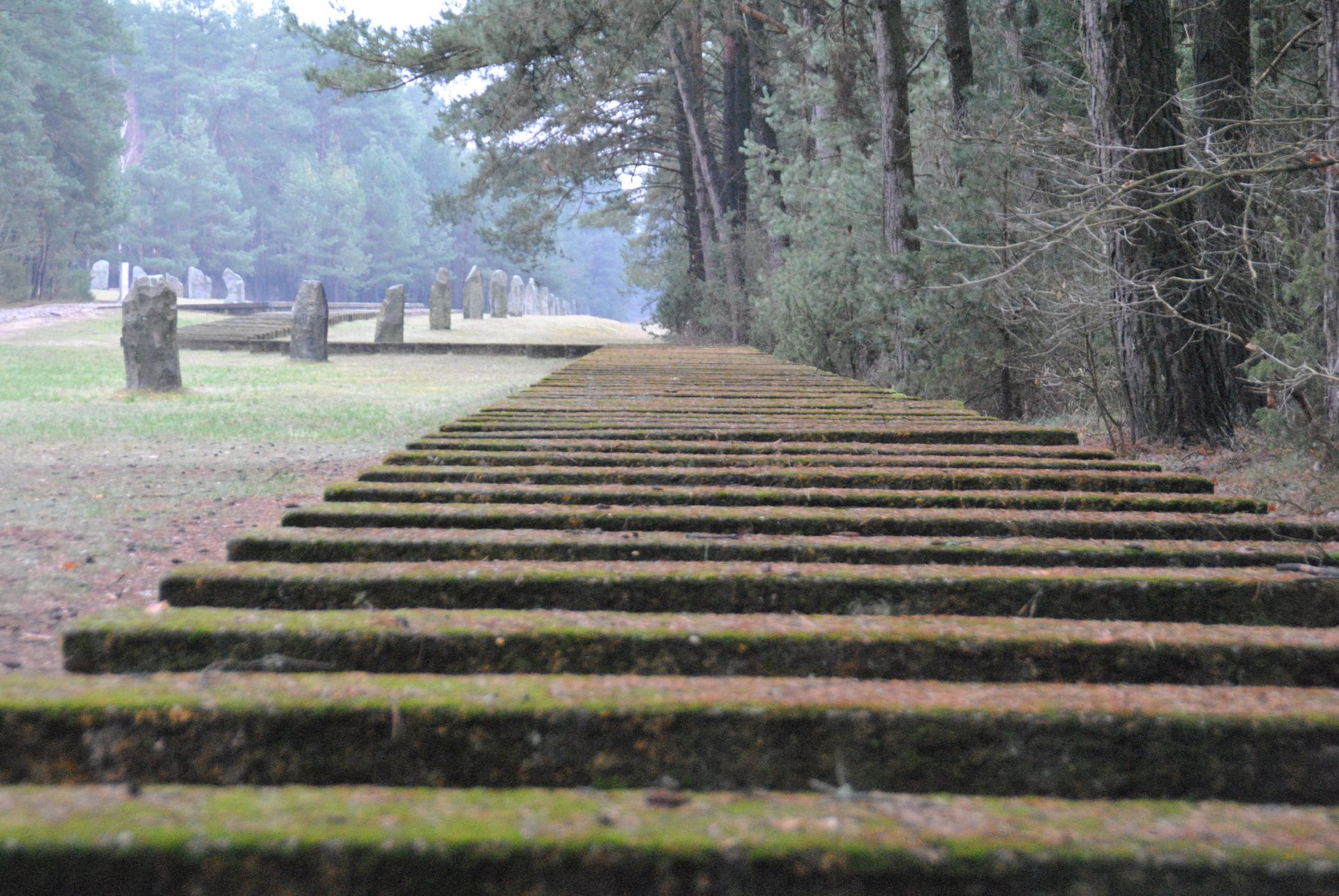The weight of four flags
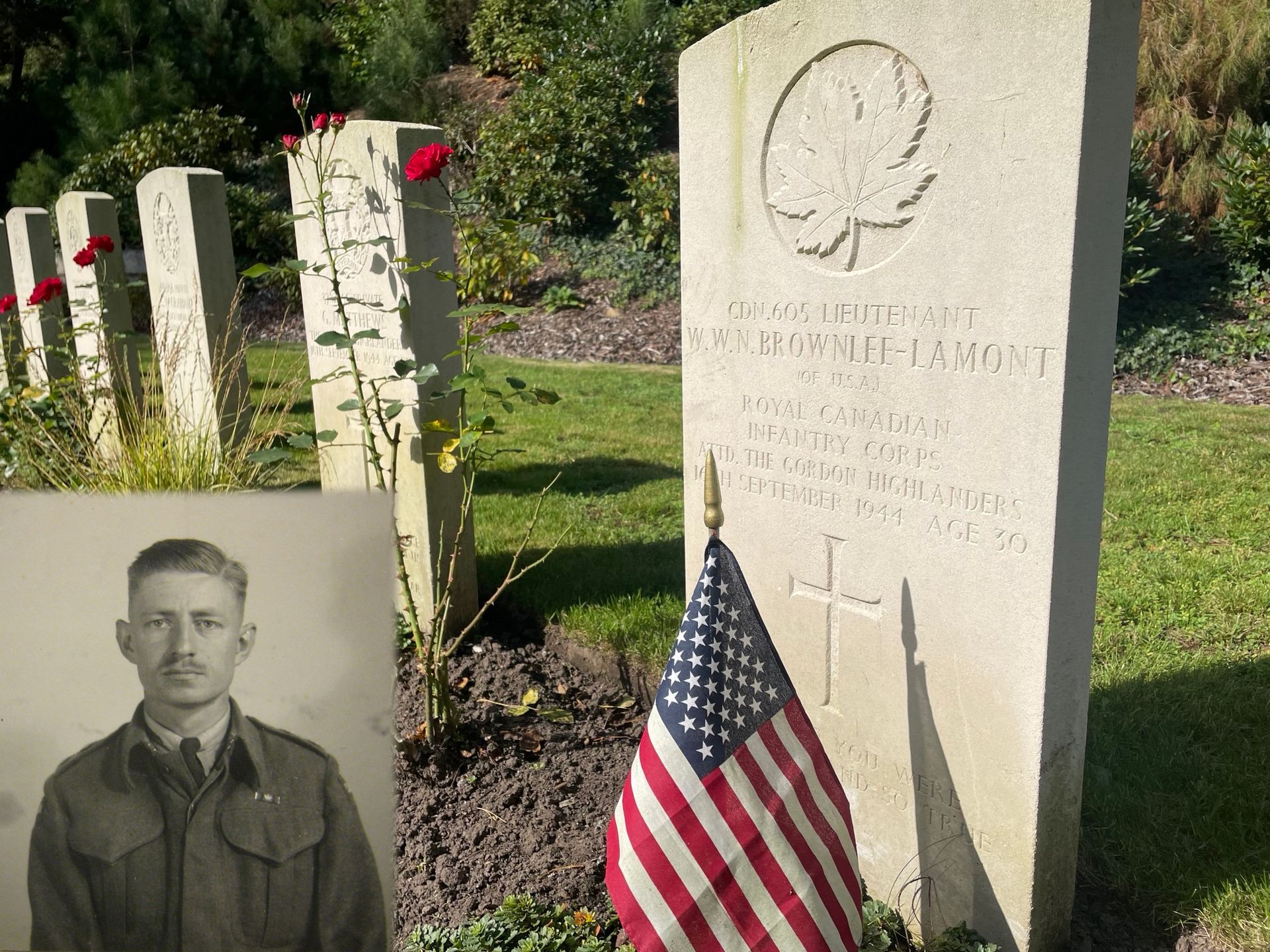
By Tjarco Schuurman
‘So Brave you were, so tender and so true’ are the words engraved in the headstone of the son of Fred and Agnes Vanderlip from Van Nuys, California. Their son, Wilfred Wallace Nigel Brownlee-Lamont is buried at Kasterlee War Cemetery in Belgium. An absolute beautiful cemetery. Small, but very scenic. Tall trees and a small hill make you feel surrounded by mother nature; it makes you feel like you are a lonely soul on that small piece of planet and yet you feel you are not alone because you are surrounded by heroes.
An American with Canadian roots, Wilfred Wallace Nigel Brownlee-Lamont joined the Canadian Army and became an officer in the British Army (actually in the 15th Scottish Division). Representing more nations than many other soldiers, the weight of the Canadian, American, British and also the Scottish flags was on his shoulders.
Walking the cemetery, you will find only a few Maple Leafs on the headstones. And although Brownlee-Lamont is the only one in the row with a Maple Leaf on his headstone, the lieutenant is not a stranger to the men surrounding him. He is accompanied by two men he knew on each side. Where the Canadians have a Maple Leaf, the British men have their unit insignia engraved on their headstones. All four men have the specific ‘Highlanders’ deer on their headstones, in this case that of the 2nd Battalion Gordon Highlanders. The unit Lt. Brownlee-Lamont was an officer in.
Note: Because the British Army faced a shortage of officers, the CANLOAN (Canada Loan) program was created during the war to loan officers from the Canadian Army. Canadian officers who were in this program were placed in British units.
And it’s not a coincidence they are next to each other. Because these men fought side by side. They were killed in the same fight on the same small piece of land in Belgium and now they rest together at that beautiful cemetery.
Standing in front of his grave, on his right side:
- Lance Corporal William Philip
- Corporal George Walker
And on his left side:
- Private Samuel Wilson Graham
- Private George Matthews
But happened to Lieutenant Brownlee-Lamont and his men?
This specific story begins on September 11 1944, when the Gordon Highlanders moved to the towns of Humbeek and Nieuwerode, just North of Brussels. While the Battalion moved into the area, B company was ordered to guard a lock over the Albert Canal and moved out. On the 12th the rest of the battalion was ordered to move out to follow up to support B company. While the battalion settled in for the night in a town called Zoerle Parwijs, D-company was sent forward to assist B company.
On September 13, the battalion moved to an area in Oolen and in that small town plans were made to go over the canal and occupy the area of the lock. Somehow the higher command didn’t consider it to be necessary at that time and the battalion less B company moved out again to Meerhout and set up defensive positions. One man was killed in action that day; Private John Heap.
Two days later, on September 15, crossing the canal became important again. The preparation for what is now called “The Battle for the Locks” were in full swing. At the Bocholt-Herentals Canal there are several locks and Bridges which were essential targets for the 15th Scottish Division. A reconnaissance was sent by the Gordon Highlanders to find a suitable crossing of the canal. They went off to a lock that is called SAS 6 (LOCK 6) which lies just North of Mol. Along the canal other battalions in the Division were ordered to do the same. During the recce they were fired on by machine guns and rifles. The German were evidently aware of the importance of the locks. Unknown at that time, the Nazi high command had ordered the German units to prevent the Allies from crossing that important barrier.
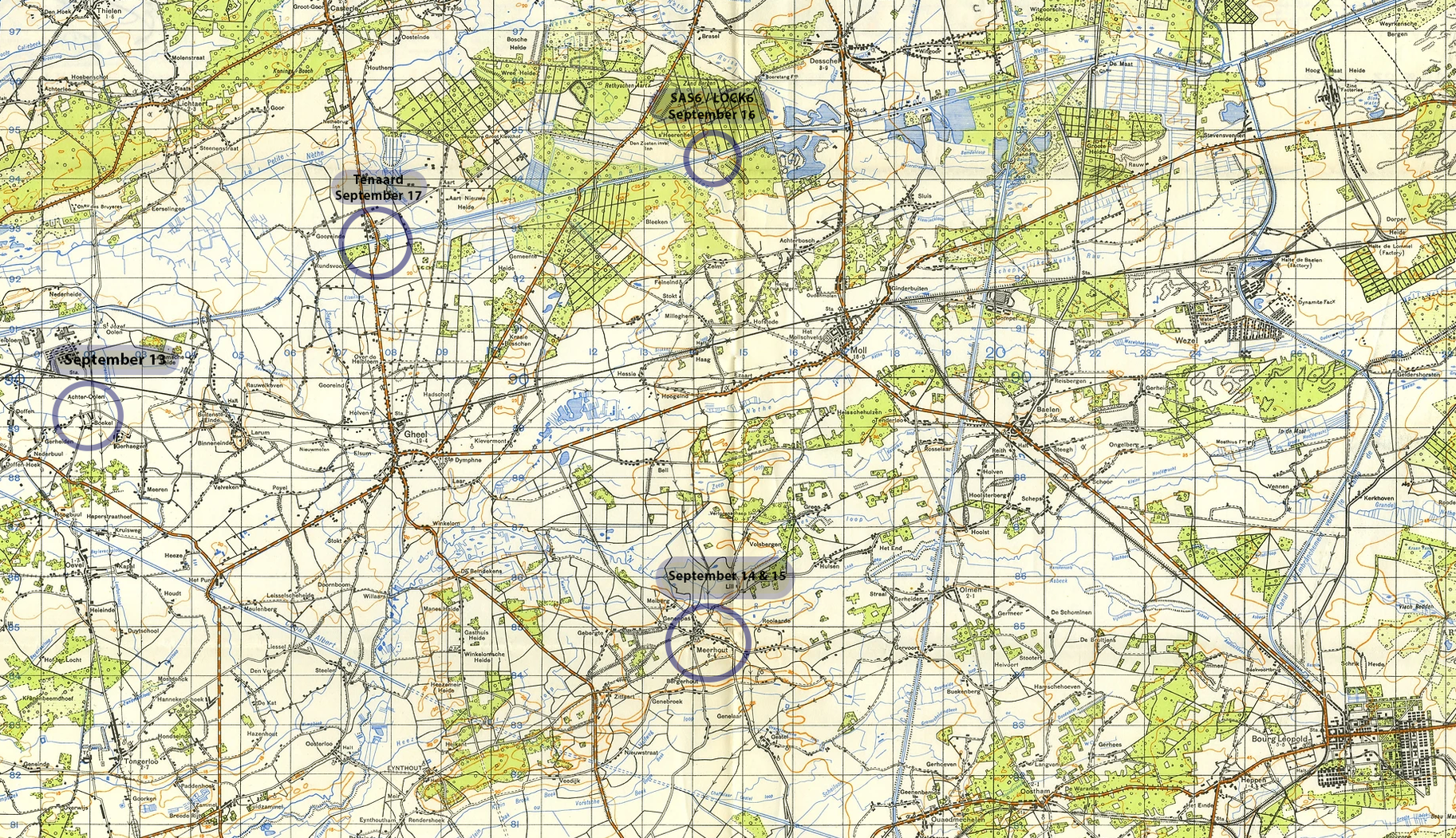
Before the recce had returned, at battalion HQ the battalion was ordered to cross the canal. All seemed ok and the men were getting ready to go at 22:00, but when the recce came back, they told the commanding officers they had discovered backwater behind the lock. Maps didn’t show this backwater and because of it, things got more complicated so the crossing was postponed a couple of hours.
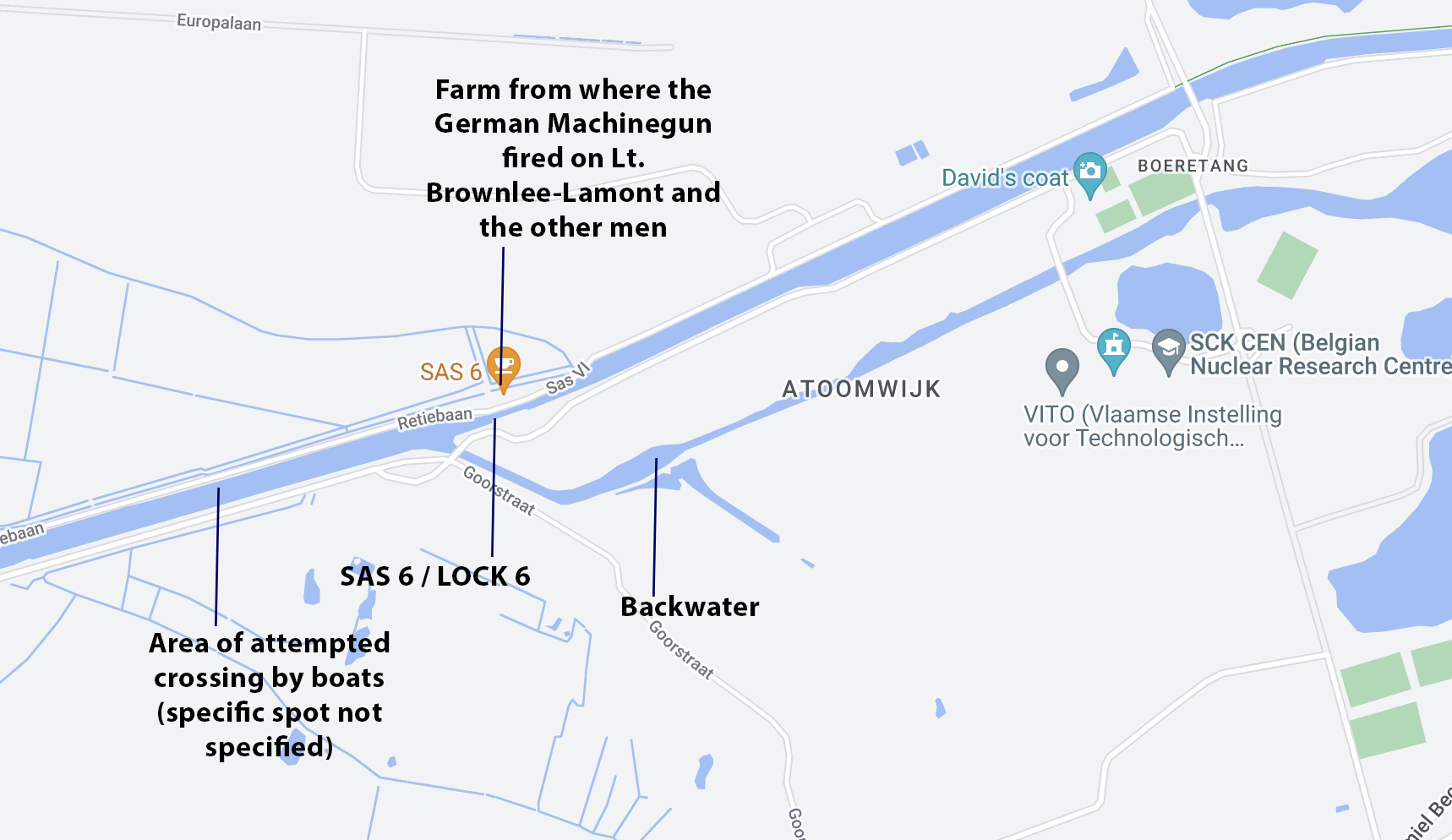
The next day, on September 16th, C company under the command of Lieutenant Brownlee-Lamont was ordered to move at 2:00. Barges and planks were brought up by a platoon of A Company to be able to cross the backwater and the assault platoon was ordered to use sandbags over their shoes and leave unnecessary equipment behind. In the area of the locks, the assault platoon was fired on by a sniper but managed to place the barges and planks and covered them with sandbags to mute the sound as much as possible. After crossing the backwater, the company was pinned down by machinegun fire on that small island between the backwater and the canal. When dawn was breaking, the remainder of C company and B and D companies crossed the backwater too but were also pinned down. During a reconnaissance, Serjeant James Robert Uttley was killed by a German sniper.
West of the locks A company tried to cross the canal by boats but were pinned down too by machinegun and rifle fire from the far bank. The only way across was to cross the lock doors to the other side. The lock itself is not very wide, but the well dug in enemy knew the men were coming. Lieutenant Brownlee-Lamont and men from his company were the ones who made an attempt to cross. Machinegun fire from across the lock, from a farm building, killed him and four of his men. Crossing the lock seemed impossible and the battle for SAS6 was over. The men were buried next to the lock and were brought to their final resting place in Kasterlee in June 1945. And that’s where they still are. Side by side. The way they lived together, the way they fought together and the way they departed this life together.
A reconnaissance was sent over to the area where the Kings Own Scottish Borderers and Royal Scots Fusiliers held a small bridgehead over the canal at Tenaard. During the 16th and 17th of September the German troops had been preparing counter attacks. Some ground was lost but in general de attacks were beaten off and after some bitter fighting the Scottish troops regained the ground they lost. One of the objectives of the Germans was the factory near where the bridge had been but they didn’t succeed. The factory is still there and in town, you still see the scars of battle on some of the buildings as a silent witness of the fighting that took place there.
The Germans then opened the floodgates, which meant that the risk of flooding of the bridgehead was very high, but it was decided to hold on. Two more Canadians were killed during the fighting on the Bridgehead; Lt. Kenneth Coats of the 6th Battalion King's Own Scottish Borderers and Lt. Jackson Stewart of the Royal Scots.
To the Gordon Highlanders September 17th 1944 was not that different from any other day. But at 13:30 they faced an Airborne armada flying overhead. The men in those planes would go down in history as the heroes of Operation Market Garden. To the general public, the story of Lieutenant Brownlee-Lamont would fade into history. The contrast of that well known operation and the fighting the Gordon Highlanders did at the locks is huge. But it’s up to us, the readers of this blog, the people who read books and watch movies, the teachers that teach in schools, the historians that continue to speak about history; it doesn’t matter if you were fighting for locks or were dropped out of airplanes that day. The fighting for freedom didn’t start or end with “operations”. They were individual men who fought in platoons, companies, battalions and regiments. Not fighting to become famous, but fighting because they were there. And because their comrades were there.
A few days later, the 15th Scottish Division did end up in Operation Market Garden. Compared to the Airborne units, little is written about their part in that operation. Many men would get wounded or got killed; their war was far from over. This story ends here, but that of the 2nd Battalion Gordon Highlanders didn’t. They had many more fights ahead. And all of these men deserve our eternal gratitude and respect, just like any other person who fought for freedom.
Writing this story, I wondered what it felt like for him; Lieutenant Wilfred Wallace Nigel Brownlee-Lamont died while carrying the weight of four flags. Did he realise it? Was it a burden or a blessing? Did it make him proud or was it just the way it was? All we know is that he died for us. So now, it’s up to us to carry him on those flags for eternity. Because men like him are the people that connect us and help us to protect the freedom and peace they died for.
Source reference:
CWGC
War Diaries 15 Scottish Division
Battleforthelocks.be
Read about our journeys in our blogs
This is our Explore Diary












